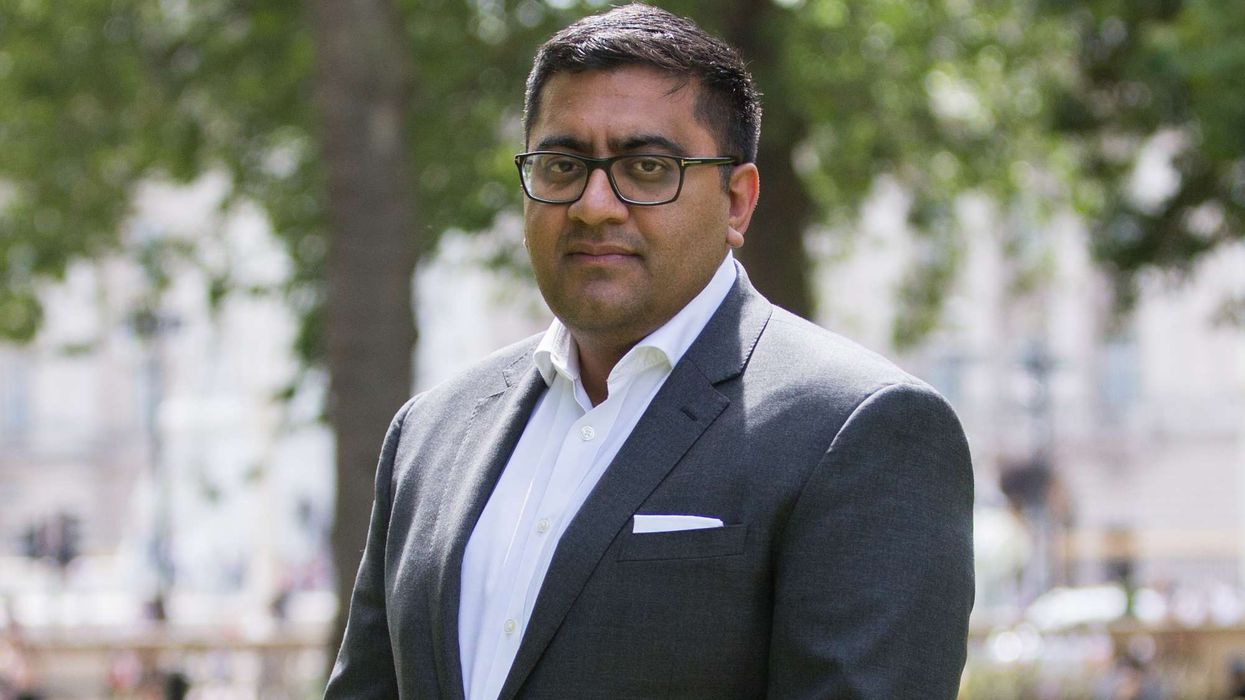India has banned tourists from snapping photographs inside the Golden Temple, one of its most popular attractions, to preserve the sanctity of Sikhism's holiest shrine, an official said on Wednesday (9).
The governing body for the dazzling temple in northern Punjab state said visitors crowding for selfies and shooting videos within the centuries-old complex disrespected those making pilgrimages from all over the world.
"This is not a place you come for leisure... it is a religious site where devotees come to pray and seek solace from their sorrows," said Roop Singh, chief secretary of the Shiromani Gurdwara Parbandhak Committee, which administers the site in the city of Amritsar.
Thousands of tourists and pilgrims visit the Golden Temple every day, marvelling at the ornate buildings fringing a central lake and the brilliant shrine at the heart of the complex.
Like other Sikh "gurdwaras", or places of worship, the Golden Temple also hosts a community kitchen that offers free meals to people of all faiths.
Alongside the Taj Mahal, the Golden Temple is among India's most recognised and most popular tourism destinations, attracting tens of thousands of domestic and international visitors every year.
Singh said photographs would still be allowed in an official capacity for visiting delegates and VIPs on a case-by-case basis.
"We will make necessary arrangements keeping in mind the sanctity of the place," he said.
The temple has witnessed violence in recent decades.
In 1984, the Indian military launched an assault on the Golden Temple aimed at flushing out militants inside who were demanding an independent Sikh homeland.
The Sikh community was enraged by what it felt was desecration of the revered shrine. Later that year Prime Minister Indira Gandhi, who ordered the military operation, was shot dead by her Sikh bodyguards.
The assassination triggered anti-Sikh riots in which some 3,000 people were killed, many on the streets of New Delhi.












